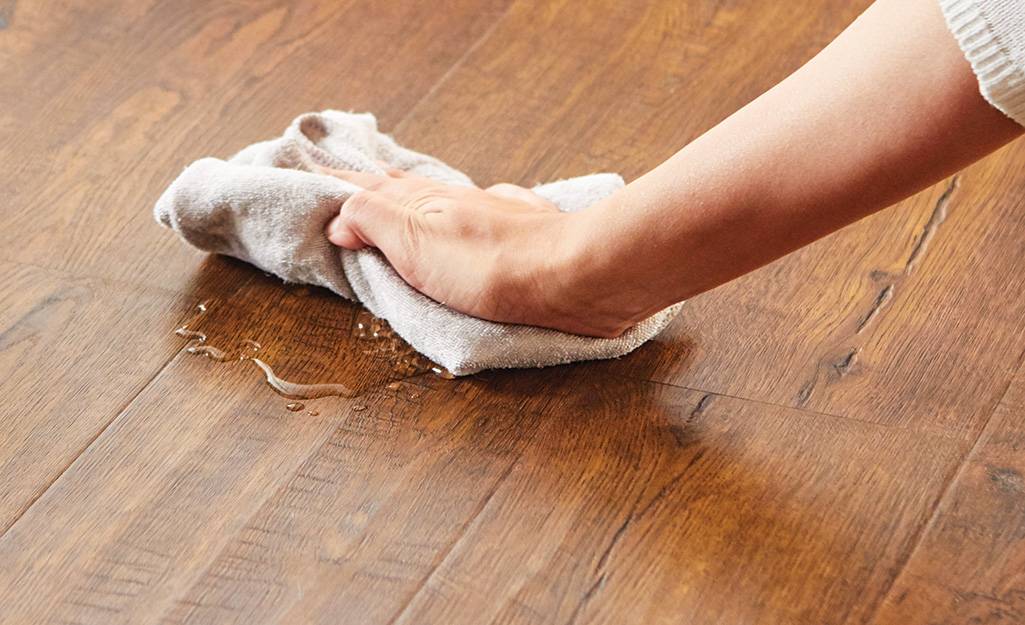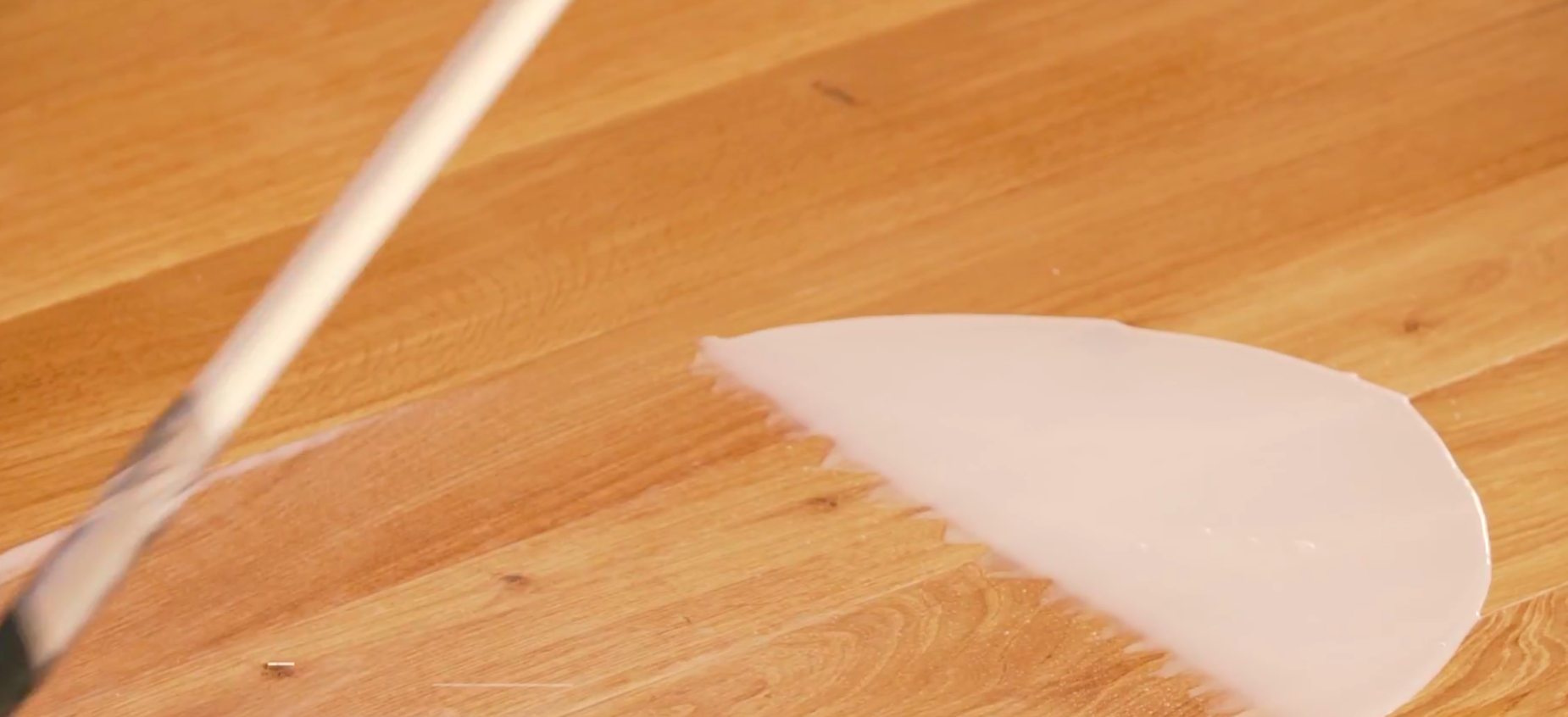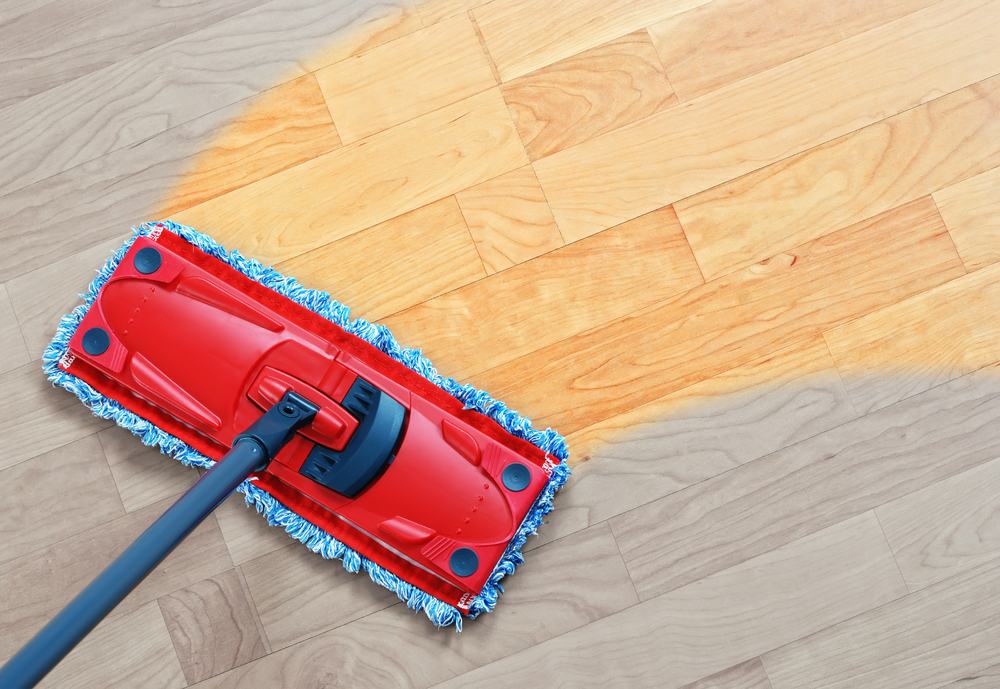
Order by phone 0121 433 3389
- FREE Samples
- Lowest Price
- Fast Delivery

Order by phone 0121 433 3389
All Carpets include FREE Fitting & FREE Delivery : Prices start from £3.99 m2
Laminated floors have emerged as a popular and versatile option combining aesthetic appeal with durability and ease of installation. These innovative flooring solutions consist of multiple layers fused using a lamination process.
The top layer, known as the wear layer, protects against scratches, stains, and fading, while the core layer offers stability and strength. Laminated floors often mimic the appearance of natural materials such as hardwood or stone, providing a wide range of design options to suit various interior styles.
With their affordability, low maintenance requirements, and resistance to moisture and wear, laminated floors have become a preferred choice for homeowners and businesses seeking a cost-effective and visually appealing flooring solution.
Laminated floors offer many aesthetic benefits contributing to their popularity in interior design. One of the key advantages is their ability to replicate the look of natural materials such as hardwood, stone, or tile.
Advanced printing technology allows for intricate patterns, textures, and realistic colour variations, providing a visually pleasing and authentic appearance. Whether you prefer the warm tones of oak or the sleek elegance of marble, laminated floors offer multiple options to suit various design preferences.
Also, laminated floors can be found in different plank sizes and shapes, allowing creative and customisable flooring designs. These aesthetic benefits make laminated floors excellent for enhancing any space’s overall ambience and visual appeal.
Feel Free To Get In Touch With Us To Get A Quote Over Different Laminate Flooring Service

Cleaning laminate floors is relatively easy and requires minimal effort. Here are some simple steps to effectively clean laminate floors:
Sweep or Vacuum: Remove any loose dirt, dust, or debris from the floor’s surface using a soft-bristle broom. This step helps prevent scratching during the cleaning process.
Use A Damp Mop or Cloth: Dampen a mop or microfiber cloth with warm water. Ensure it is not soaking wet, as excessive moisture can damage the laminate. Wring out any excess water before using it on the floor.
Use A Gentle Cleaning Solution: If necessary, add a mild, non-abrasive cleaner specifically designed for laminate floors to the water. Follow the manufacturer’s instructions for the appropriate dilution and application.
Mop the Floor: Gently mop the laminate floor, working in small sections at a time. Avoid excessive water on the floor, as it can seep into the joints and cause swelling or warping. Wipe in a back-and-forth motion rather than in a circular motion.
Dry the Floor: Once you have cleaned the entire floor, use a clean, dry microfiber cloth or mop to remove any remaining moisture. This step helps prevent water damage and streaks.
Spot Clean as Needed: For any stubborn stains or spills, gently scrub the area with a soft cloth or sponge dampened with the cleaning solution. Wipe dry immediately afterwards.
Always consult the manufacturer’s guidelines and recommendations for cleaning and maintenance specific to your laminate flooring product, as they may have specific instructions or precautions to follow.
Feel Free To Get In Touch With Us To Get A Quote Over Different Laminate Flooring Service

Common stains such as shoe scuffs and scratches can occur on laminate floors, but they can often be quickly addressed with the following cleaning methods:
Shoe Scuffs: Use a pencil eraser or a clean, damp cloth to remove shoe scuffs. Gently rub the scuff mark in a circular motion until it fades away. For stubborn scuffs, employ a modest quantity of white vinegar or isopropyl alcohol on a cloth and gently massage the impacted region. Remember to wipe the area dry afterwards to prevent moisture damage.
Scratches: You can use a laminate floor repair kit for light scratches. These kits usually contain wax or putty that matches the colour of your laminate flooring.
Apply a small amount of the wax or putty to the scratch and use a clean cloth to smooth and blend it with the surrounding area. Later on, allow it to dry according to the product instructions.
Deeper Scratches: For deeper scratches, you may need to replace the damaged plank or consult a professional for repair. Laminate flooring planks are often designed to interlock, allowing for individual plank replacement when necessary.
Liquid Spills: Promptly clean up liquid spills to prevent them from seeping into the laminate and causing damage. Use a soft, absorbent cloth or paper towel to blot the spill gently.
Avoid excessive rubbing, as it may spread or push the liquid further into the floor. You can opt for a mild cleaning solution designed for laminate floors to remove any residue.
Grease and Oil Stains: Grease and oil stains can be more challenging. Commence the stain removal process by delicately blotting the affected area with a clean cloth to absorb a substantial amount of grease or oil.
Afterwards, dampen the cloth with a suitable dishwashing detergent and gently rub the area. Be careful not to scrub too harshly. Rinse the cloth, wipe away any soap residue, and dry the area thoroughly.
Nail Polish or Marker Stains: For nail polish or marker stains, apply a small amount of organic liquid like acetone and remover and gently dab the stained area.
Test these organic liquids on a hidden floor area first to ensure it doesn’t cause discolouration. Once the stain has been lifted, wipe the floor with a damped cloth and dry it thoroughly.
Chewing Gum or Wax: To remove chewing gum or wax from laminate floors, apply ice in a plastic bag directly onto the affected area. Wait for the gum or wax to harden, then gently scrape it off using a plastic scraper or a credit card.
Feel Free To Get In Touch With Us To Get A Quote Over Different Laminate Flooring Service

To effectively clean your floors while preserving their lifespan, consider the following tips:
Regular Sweeping or Vacuuming: Implement a regular sweeping or vacuuming routine to remove dirt, dust, and debris from the floor’s surface. This prevents particles from scratching or damaging the floor when walked upon. Use a soft-bristle broom to avoid any potential scratching.
Use Soft Cleaning Tools: When cleaning, opt for soft microfiber mops, cloths, or mop heads that won’t scratch or rub the floor. Avoid abrasive scrub brushes or harsh cleaning tools that can wear down the floor’s protective layers.
Mild Cleaning Solutions: Stick to mild cleaning solutions specifically designed for your type of flooring. Harsh chemicals or abrasive cleaners can remove the protective finish or damage the floor over time. Follow the manufacturer’s recommendations or use a pH-neutral cleaner diluted according to instructions.
Spot Cleaning: Promptly attend to spills or stains by spot-cleaning them as soon as they occur. Use a damp cloth or sponge with a suitable cleaning solution and gently blot or wipe the affected area. Avoid excessive moisture, which can seep into the floor and cause swelling or warping.
Avoid Excess Water: Laminate floors are susceptible to moisture damage, so it’s essential to minimise water exposure during cleaning. Wring out mops or cloths thoroughly to remove excess water, or use a spray bottle to mist the cleaning solution onto the floor instead of saturating it.
Prevent Scratches: Place doormats at entryways to trap dirt and clean the floor. Use furniture pads or felt protectors under furniture legs to avoid scratching when moving or rearranging items. Take care when wearing high heels or shoes with sharp or abrasive soles to prevent unnecessary damage.
Drying and Buffing: After cleaning, ensure the floor is thoroughly dried to prevent moisture-related issues. Use a dry microfiber cloth or mop to remove residual moisture and gently buff the floor for a streak-free shine.
Once you follow these tips, you can maintain the cleanliness of your floors while preserving their appearance and longevity. Additionally, always refer to the specific care and maintenance guidelines provided by the manufacturer for your particular type of flooring.
Quick Links
Categories
Address:
1428 Pershore Road Stirchley Birmingham B30 2PH
Mobile:
0121 433 3389
Email:
contact@jjsonline.co.uk
Copyright 2025 | JJ's Flooring | All rights Reserved.
Order in Confidence with Secure Online Payments
We accept all major credit & debit cards.